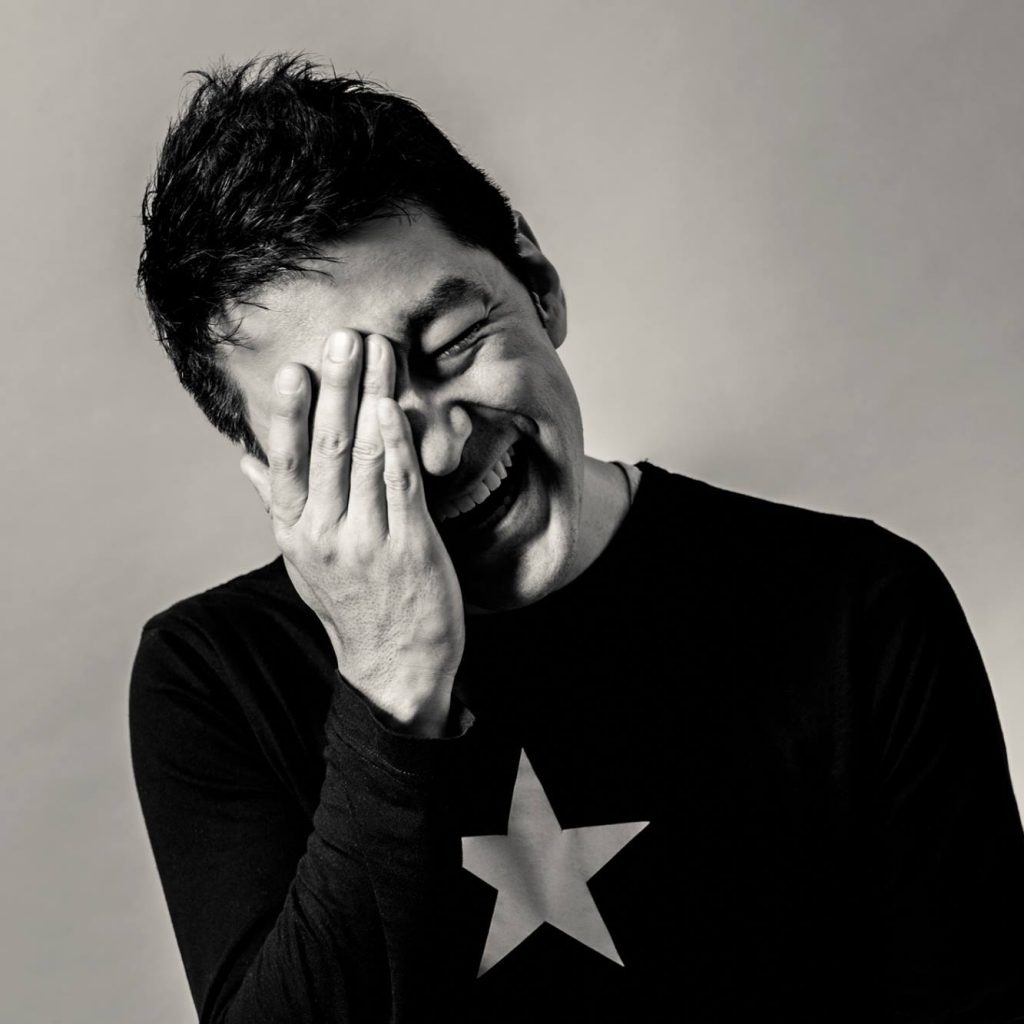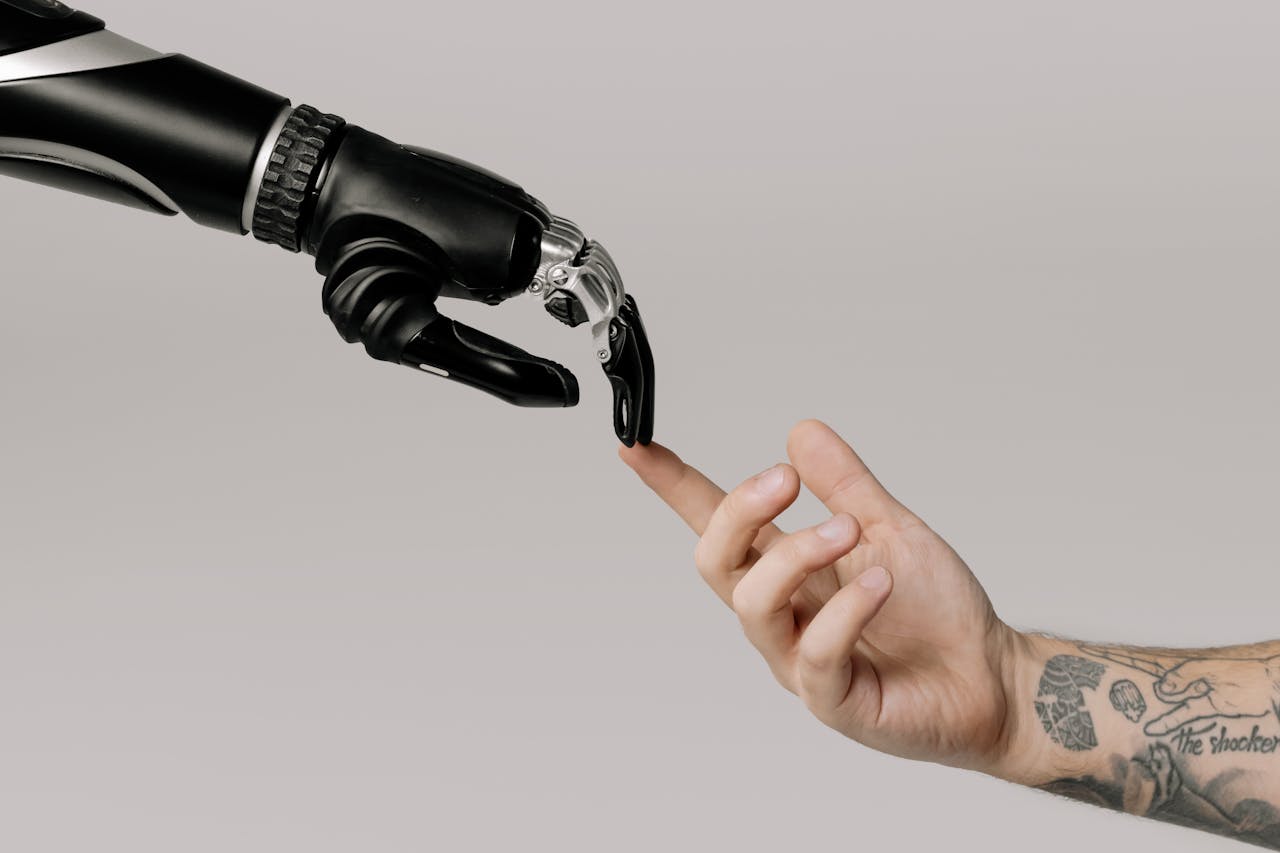Continuation of our summary of C2 Montréal, the major creativity event attended by the Isarta team on May 26. On the light-filled stage on the 21st floor of the Fairmont Queen Elizabeth Hotel, New York creative Rei Inamoto, founder of I&CO, shared his vision of what artificial intelligence can bring to the advertising industry. A look back at the Brand Transformation conference: evolution and creativity in the age of AI.
After providing a historical context, reminding us what the printing press, radio, television, the computer and the Internet had brought to mankind… he got to the heart of the matter: how artificial intelligence can become a creative tool. And his perspective proved most interesting.
“Any resistance is futile”, the advertising creative announced from the outset, to frame the discussion. After just a few months on the market, the various generative AI applications are producing textual, visual, audio and video content of such quality that artists with brush and pen are having to reposition themselves in their approach to creation.
People no longer need to train for years to technically create advanced images, and this has raised the bar for what is perceived as an average quality image. The bad news is that, from now on, mediocrity is free. People with no artistic talent can create beautiful things.”
But instead of fighting generative AI by arguing that only the human eye can capture the complexity of the human experience, Rei Inamoto suggests that artists and other content creators should embrace the tool to explore and break new creative ground.
A world of possibilities
Rei Inamoto’s approach is both simple… and complex. He suggests looking at “how AI can become a partner in making the impossible possible”. What exactly does that mean? In concrete terms, the man who features in Forbes’ Top 25 most creative people has identified three new creative processes made possible by the use of artificial intelligence. And he has created an acronym to evoke each of these processes: R.E.M., for “Reach”, “Efficiency” and “Magic”.
By reach, Rei Inamoto means that generative AI can take original content and translate it into multiple languages in just a few quick steps. The Hybe band demonstrated the potential of this by releasing the song Masquerade from the MIDNATT article in six different language versions, whose vocals were “synthesized” to the AI.
By launching a multilingual song, the Hybe Group [which produces the artist] obtains visibility for its articles that was unimaginable just a few years ago.”
Efficiency, on the other hand, is a matter of course. In the hands of seasoned artists, artificial intelligence tools enable the creation of “mock-ups” that resemble the final result to an unbelievable degree, speeding up all stages of creation and production.
Rei Inamoto gives the example of a campaign imagined by artist Plum Lefebure, co-founder of Design Army, over a weekend, based on a few “prompts” entered into the Midjourney application. And there’s no question of selling the work at a discount:
Customers have to pay [the full price of the execution], Plum Lefebure reportedly told Rei Inamoto. What they will pay for is my artistic eye, my taste and my talent based on years of experience. When I give a brief to young designers, the results aren’t as good.”

And finally, the “magic” touch. Generative AI makes it possible to create worlds and visual effects that would have taken – just a few months ago – an astronomical budget and a top-flight technical team. Today, it’s easy to describe a “kind of character” and see it appear before our eyes.
It’s possible to get people who’ve never met to interact. Or, as Rei Inamoto suggests, play a tennis player against himself (!), in this surreal confrontation between a young virtual John McEnroe against a 64-year-old John McEnroe.
Let’s look on the bright side: a world of possibilities is opening up!




